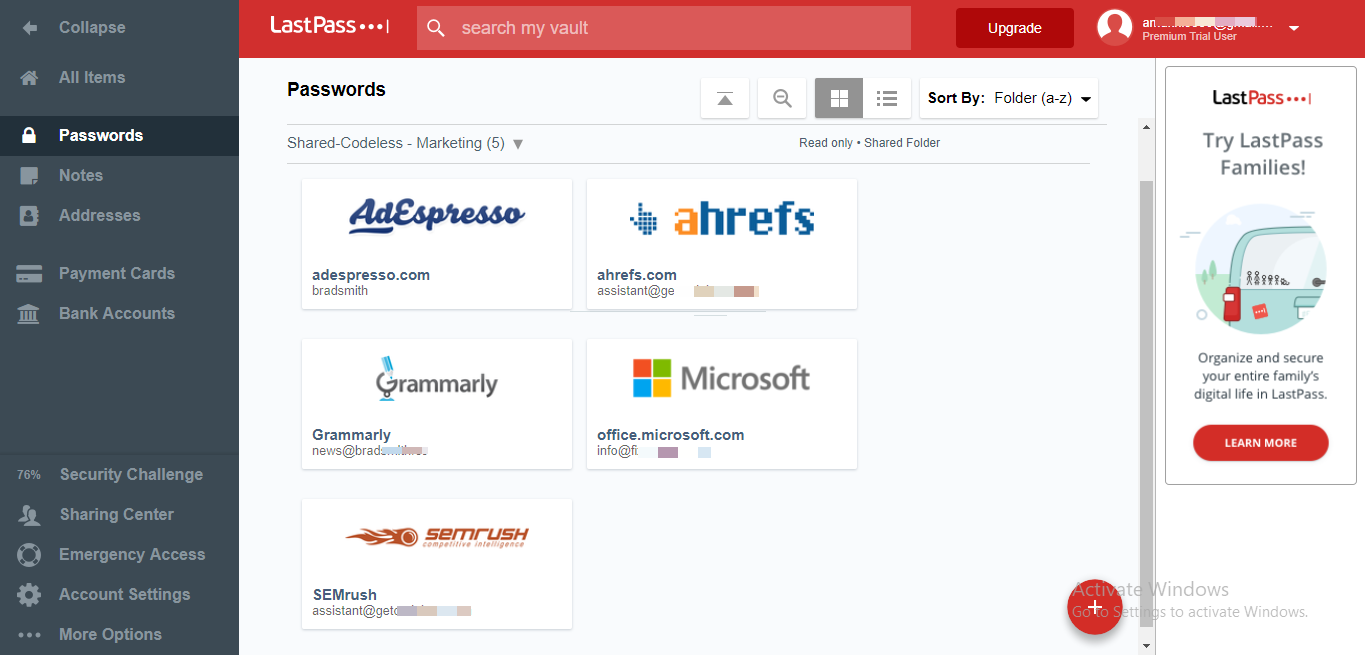

It does this through protocols, such as SAML or LDAP, to securely store credentials and can then verify users are who they say they are without requiring an additional authentication. SSO enables users to access a variety of applications within an infrastructure using a single set of credentials.

Single Sign-On vs Enterprise Password ManagementĮnterprise password management and SSO are two technologies that complement one another well. Relevant values are used however you're using Secrets Manager, for example saving a decrypted "key": "" value to an environment variable.Last month I attended the 2018 Gartner Identity and Access Management Summit and was delighted with the insights shared by identity and access management (IAM) experts across a variety of industries. The topics discussed included single sign-on (SSO), privileged access management (PAM) and enterprise password management (EPM), and industry best practices on how organizations can both strategically and tactically improve security and digital experiences through IAM.Īs I was speaking with people at the LastPass booth, two questions came up pretty regularly. The first: “ W hy do I need enterprise password management if I already have single sign-on?” And the second: “ W hy do I need enterprise password management if I already have privileged access management?” Each of these technologies have its own use case and role in the IAM lifecycle, so I wanted to address these questions by differentiating between the three. The data is decrypted locally using the organization symmetric key. If yes, a response is sent to the client with the encrypted data. Once received, the organization symmetric key is decrypted locally using the access token's unique encryption key.Ī subsequent request is sent to Bitwarden APIs for the data called for in the bws command, for example a secret.īitwarden determines whether the called-for data can be provided based on a service account identifier in the request. This encrypted payload contains the organization symmetric key. When an access token is used, for example when authenticating a CLI command like bws get secret:Ī request is sent to Bitwarden servers containing the API key's client id and client secret.īitwarden servers use these credentials to authenticate the client session, and send a response containing an encrypted payload.

Specifically, this is done in secrets injection scenarios like the examples here.Ĭonceptually, access tokens consist of two component pieces:Īn API key, containing a client id and secret for authentication with Bitwarden servers.Ī unique encryption key, which will be used to decrypt an encrypted payload containing your organization symmetric encryption key. Secrets Manager can use access tokens, in addition to master passwords, to decrypt vault secrets. Secrets Manager > Your Secrets Secret Decryption


 0 kommentar(er)
0 kommentar(er)
